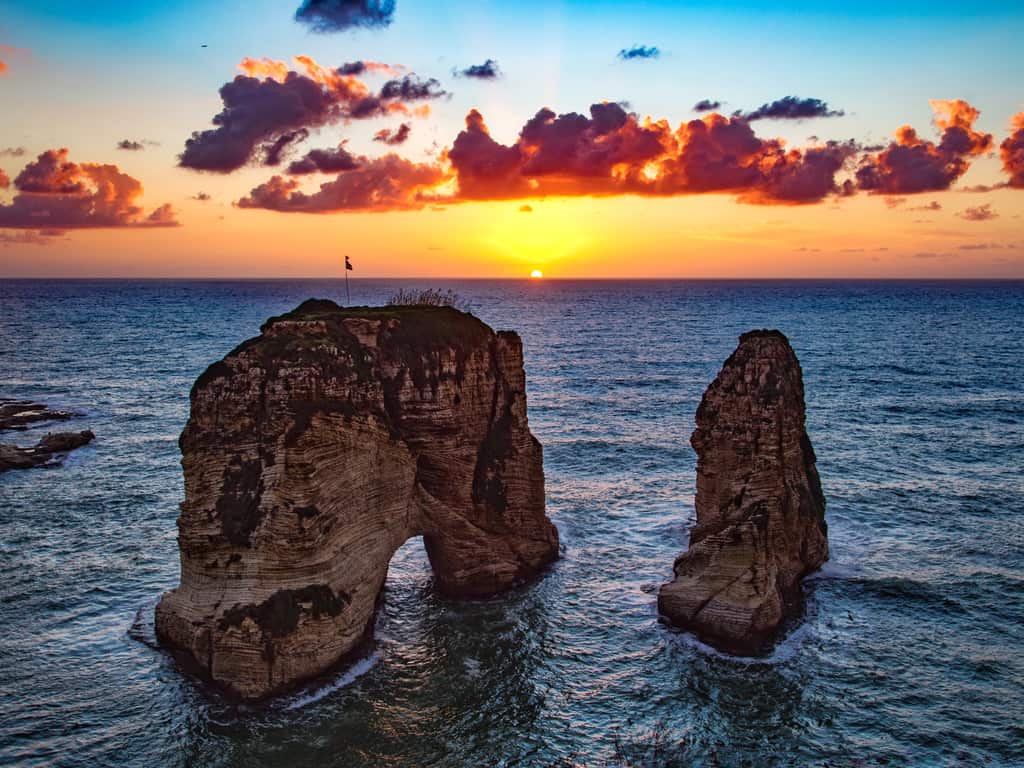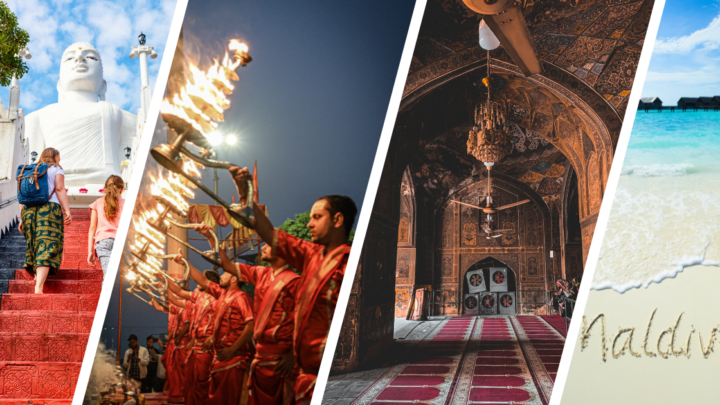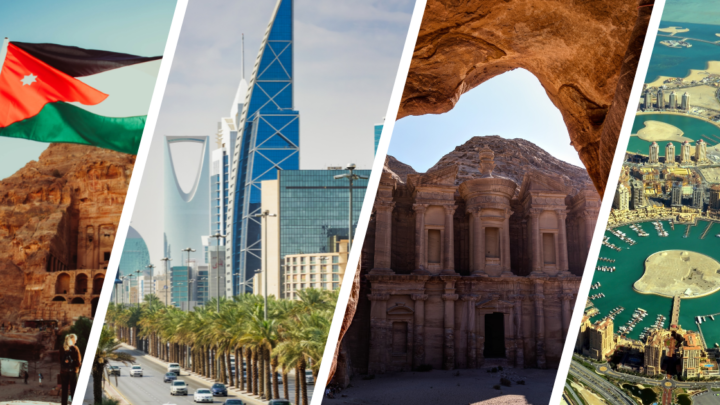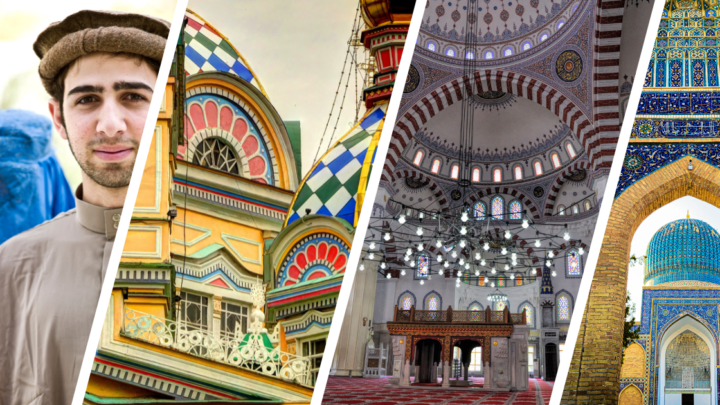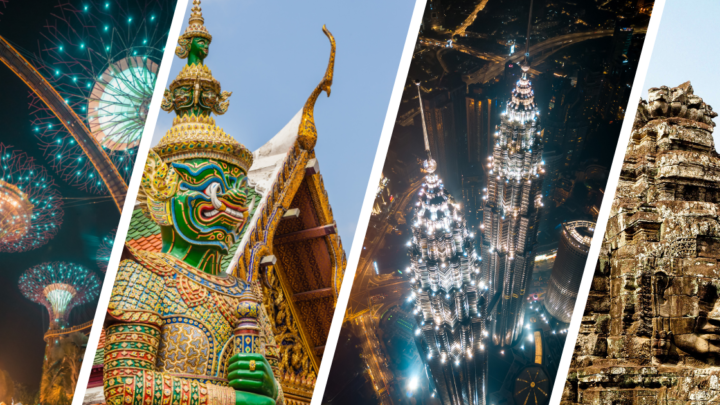Arranging a trip to Beirut, Lebanon? For the best travel experience in Beirut, Lebanon, check out our curated list of things to do in Beirut, Lebanon, and the best places to visit in Beirut, Lebanon, below. We at Wondrous Drifter, a Web 3.0 travel startup, have big plans to shake things up in the travel business.
Table Of Content
Al Omari Mosque
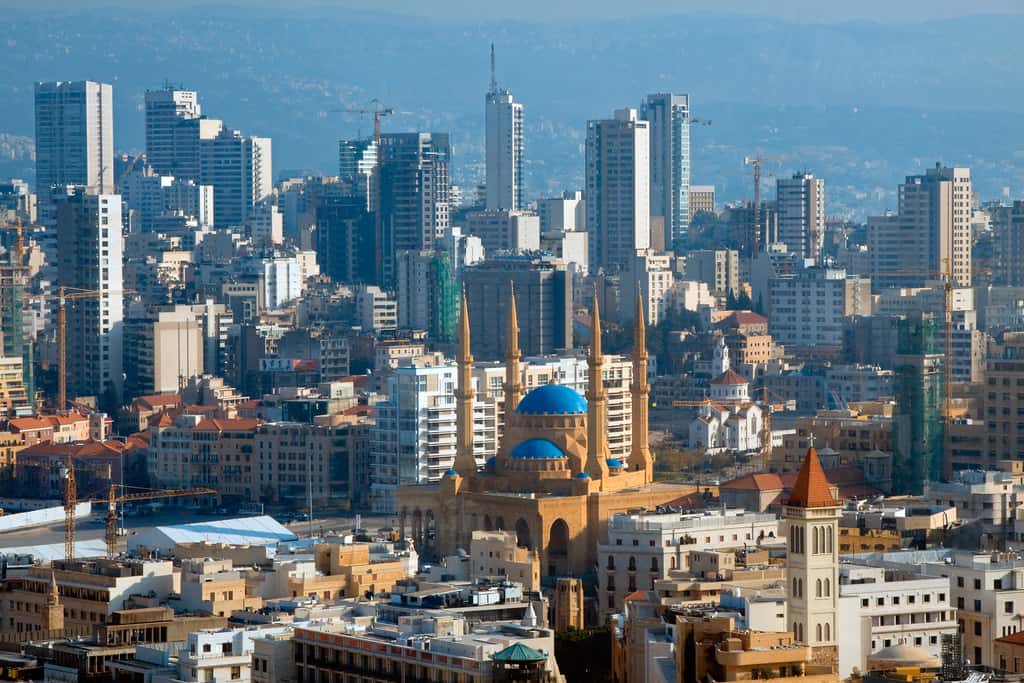
This beautiful mosque is one of Lebanon’s finest.
The Mamluk Sultan al-Mansur Qalawun built the Great Al-Omari Mosque in 1291 atop a Crusader fortress and church that contained a refectory, stables, and quarters for the Knights Templar.
Before the construction of the Hariri mosque on Saida’s northern outskirts in 2003, the compound was the city’s largest and most important mosque.
The interior is remarkable, with a 10-meter-high roof supported by Crusader-era exterior buttressing.
The mosque was repaired several times around the end of the nineteenth century before being substantially destroyed by Israeli bombing during the 1982 invasion of Lebanon.
It was restored in 1986 using traditional construction techniques and the surviving stones from the original structure. In the 1987-1989 cycle, the remodeling project won the Aga Khan Award for Architecture.
The mosque is long and oriented east-west, implying it was once a neo-byzantine cathedral.
A minbar was constructed on the southern façade after it was turned into a mosque in 1291, moving the building’s major orientation to the north-south axis.
On the north side, an exterior courtyard, auxiliary prayer halls, a series of ablution rooms, a school, and a late Ottoman minaret were constructed over time.
Visit this gorgeous mosque now.
Address: Majidiye, Beirut, Lebanon
American University of Beirut
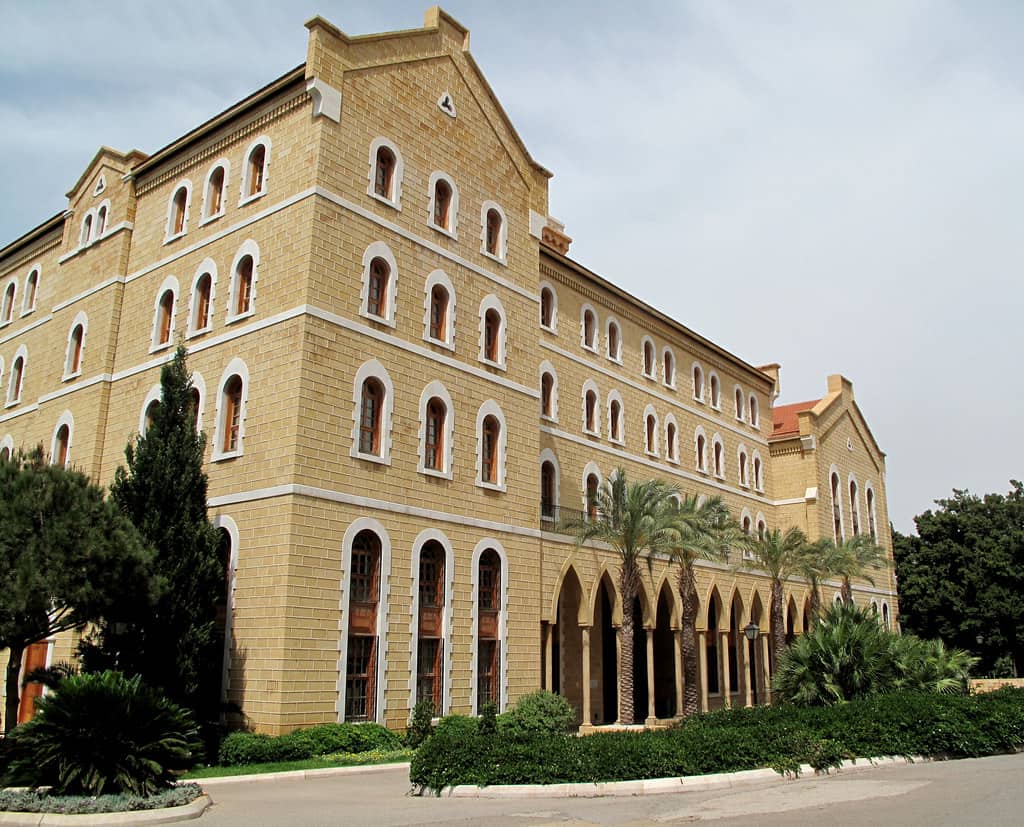
Stroll the pristine grounds of one of the Middle East’s most prominent universities.
Explore the American University of Beirut’s historic buildings and well-kept tropical gardens, set on a point overlooking Zaitunay Bay.
The AUB was established in 1866 by American Protestant missionary Daniel Bliss and is one of the Middle East’s most prominent and expensive institutions.
It is a veritable paradise in this fume-filled city, spanning 28 tree-filled hectares, including a private beach, a bird sanctuary, a botanical garden, and a soccer field.
The on-site archaeological museum, dating back to 1868, houses a fine collection of Lebanese and Middle Eastern artifacts from the early Stone Age.
The university is guarded by private security and offers campus tours, which you may schedule on the website. Or visit the visitor center, they give free tours.
Visit their website or come to their visitor center now for a tour of the campus.
Address: American University in Beirut, Beirut, Lebanon
Achrafieh
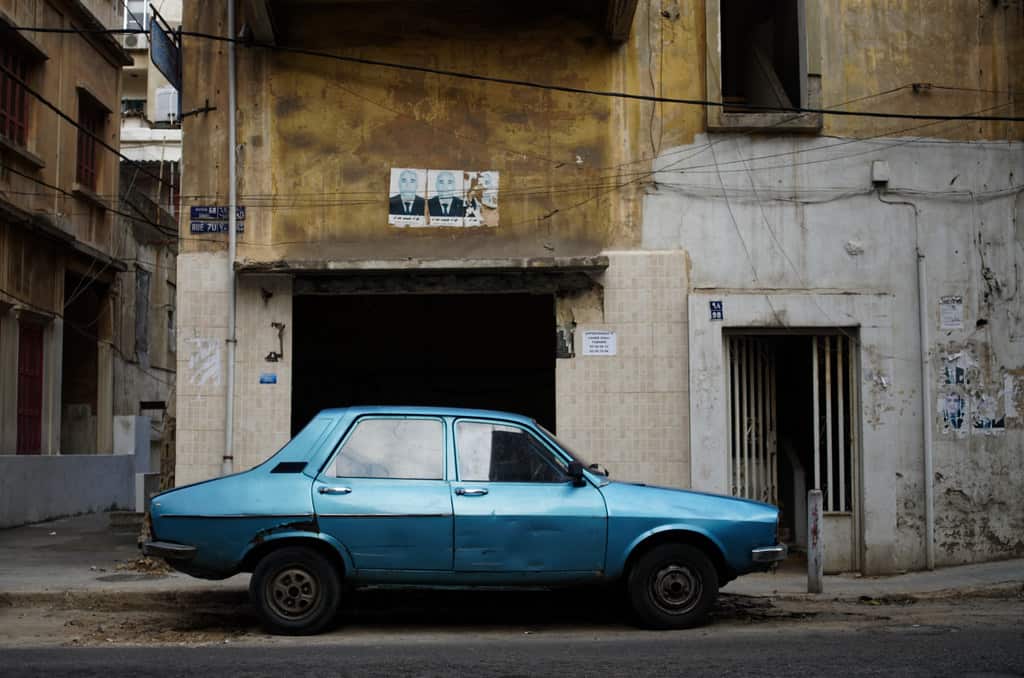
Beirut has a strong art culture, and the film industry is no exception.
Do you have no idea what it is in Beirut at night? Don’t worry. The Achrafieh is the perfect partner to the vibrant Hamrah Boulevard and is one of the city’s oldest neighborhoods.
Okay, you’ve got the blockbusters playing at Cinemacity Downtown – but there’s a lot more to see in this former ‘Paris of the Middle East.’ Its peaceful streets have given place to all kinds of contemporary houses. Yet, historic French manors and shepherd’s paddocks can still be found here.
The neighborhood’s Metropolis Sofil is the city’s only arthouse cinema, and seeing a movie there is one of the top things to do in Lebanon at night.
Pop-up film screenings may be found all throughout the city, but the Metropolis Art Cinema in Achrafieh is the ideal place to start.
With its wealth of obscure retrospectives and meticulously managed film festivals, Lebanon’s only independent art house felt like something between art and life for Godard.
In the summer, don’t miss their outdoor movie screenings, which are sometimes held at The Gärten.
Catch a film at this unique arthouse when in Beirut.
Address: Achrafieh, Beirut, Lebanon
Baalbeck
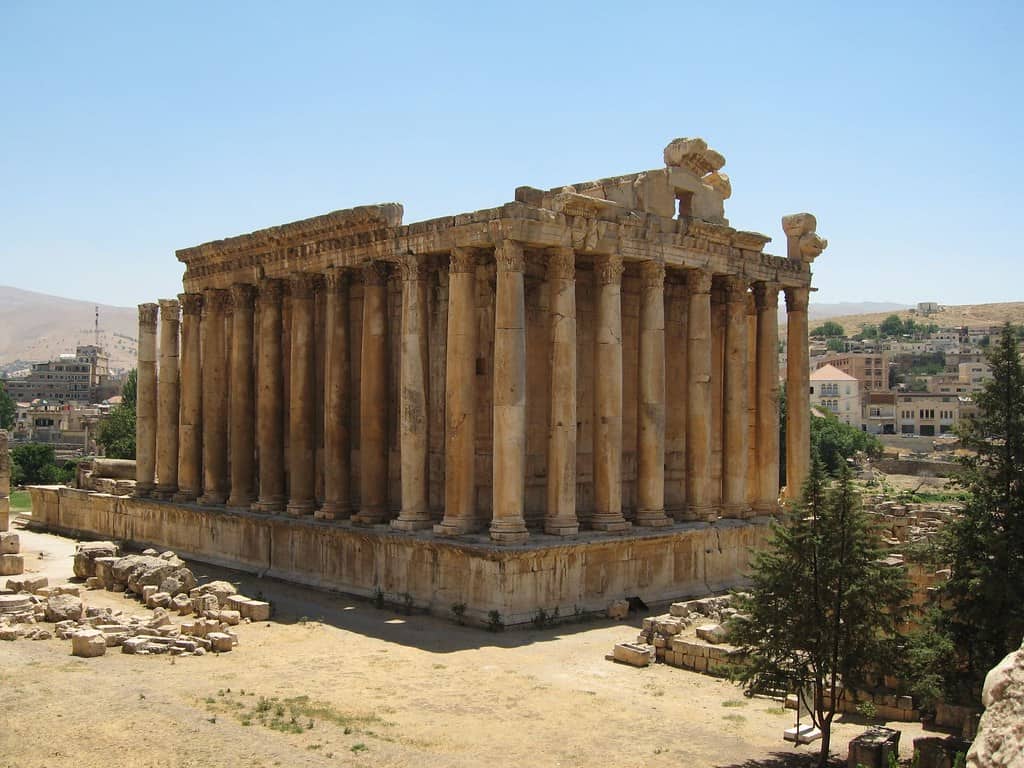
See the magnificent City of The Sun.
Any journey to Lebanon should include a stop in Baalbeck (or Baalbek). The ancient world’s site, 60 miles from Beirut, was an emblem of grandeur and depravity.
Baalbeck was closed to tourists until the mid-1990s because it was the home of the extreme anti-Western Hezbollah party.
The political situation is much less unpredictable these days, and as tourists return to the site, Baalbeck has restored its status as one of the world’s great wonders.
The site was called after Baal, the Phoenician god for whom the first temple was built in 1BC. The site became known as Heliopolis, or ‘The City of the Sun,’ after Alexander the Great captured it.
In 47BC, Julius Caesar founded a Roman colony here, and the Romans associated Baal with Jupiter Heliopolitan, one of their own gods.
The magnificent Temple of Jupiter was a labor of love that took about 60 years to create.
It was the largest Roman temple ever built anywhere on the globe.
A guided tour of Baalbek is the greatest way to learn about the city’s history, architecture, and the people who formerly lived there.
Address: Baalbeck, Lebanon
Beirut Art Center
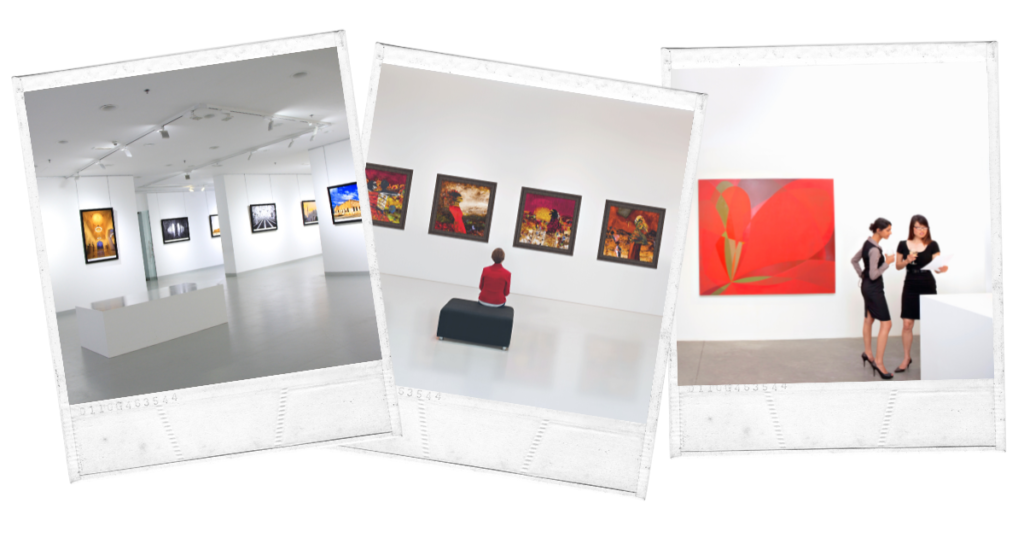
A vibrant center for the promotion of modern art in the country.
If you enjoy art as much as Beirut does, the Beirut Art Center, a non-profit organization dedicated to contemporary local and international art, should be your first stop.
It’s a public facility dedicated to making art more accessible to the general people.
Beirut Art Center does hosting exhibitions in a range of disciplines, including sculpture, painting, photography, and architecture.
The BAC, which is housed in a 1,500-square-meter, two-story structure, hosts exhibitions by local and international artists working in a variety of media, particularly photography and video.
Screenings, concerts, and performance events can all be held at the auditorium.
The library and the mediatheque, which provide access to a unique archive of digital, art-related media, are both excellent places to learn more about art.
It also contains a screening and performance space and hosts lectures, concerts, and seminars on a regular basis. It’s a must-see for anyone interested in seeing some of Lebanon’s best art.
This place is a must-see for everyone. So, visit now.
Address: VGJJ+P8G, طريق إميل لحود, Beirut, Lebanon
Beirut Souks
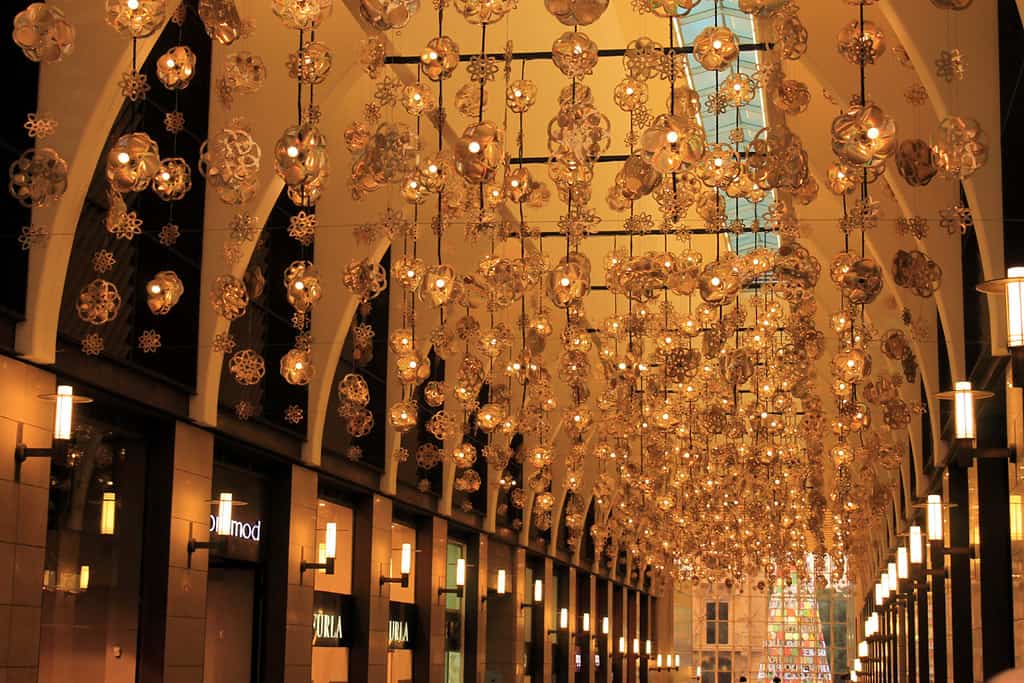
It’s not a trip to Beirut without wandering around the souks.
Take time to explore the modern architecture and urban planning of Beirut’s major business sector, which is famed for shopping, restaurants, and mixed-media entertainment.
The renovated Downtown Beirut Souks are a symbol of Lebanese development after the Civil War.
The location has enormous vaulted arcades and interconnected lanes and courtyards, with a careful eye to archaeological findings and surviving medieval buildings.
Hermès, Dior, and Vuitton are just a some of the brands that adorn Beirut’s 5,000-year-old market center.
If you’re short on cash but want to experience the thrill of a flea market, head to Souk Al Ahad or during sundays.
While the noisy market is not for the faint of heart, it is the place to go for authentic souk mindsets, selling anything from pirated DVDs to collectibles and exotic animals.
You may get great deals on everything from lamps to antique furniture to oriental jewelry if you know where to look.
Additional laid-back options include the Monot Street Book Market, which is held on the first Saturday of each month, and Depot-Vente, a Mar Mikhael’s antique shop.
See all the good things Beirut Souks has to offer now.
Address: Beirut, Lebanon
Beiteddine
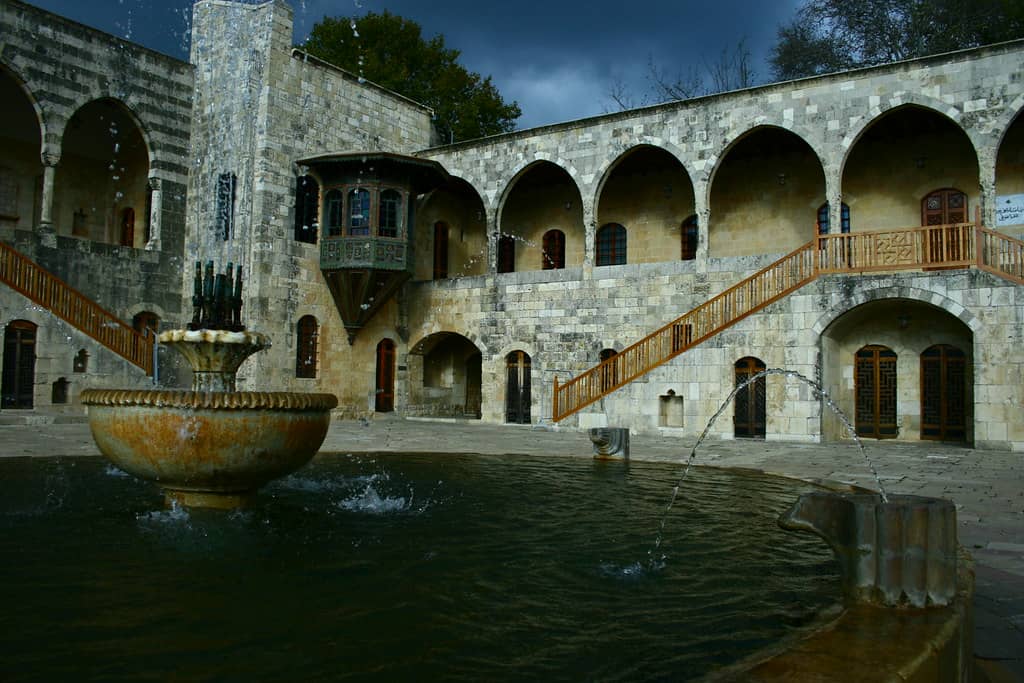
Feel like an actual royal at this gorgeous palace.
The palace’s design is a lovely blend of Arabic and Italian Baroque elements.
It functioned as the Emir’s palace until 1840, as a government residence under Ottoman rule, as an administrative office during the French Mandate, and as the summer residence of the Lebanese President since 1943, among many other functions.
After being repaired in 1934, the palace was designated as a Historic Monument.
The vistas are spectacular, and you can practically feel the tranquility and calm.
And you may be sure that the architecture is unique: the building’s commissioning Emir, Bashir Chehab II, ensured it by cutting off the architects’ hands when it was completed.
The Rashid Karami Archeological and Ethnographic Museum is located on the upper floor. It displays a tiny reproduction of the palace to give visitors an idea of the structure’s original design.
The Beiteddine Festival, one of the largest annual music and cultural festivals in the Middle East, has been held in the castle since 1985.
Visit this uniquely beautiful palace now on your next visit to Beirut.
Address: MHWJ+45H, Beit ed-Dine, Lebanon
Byblos
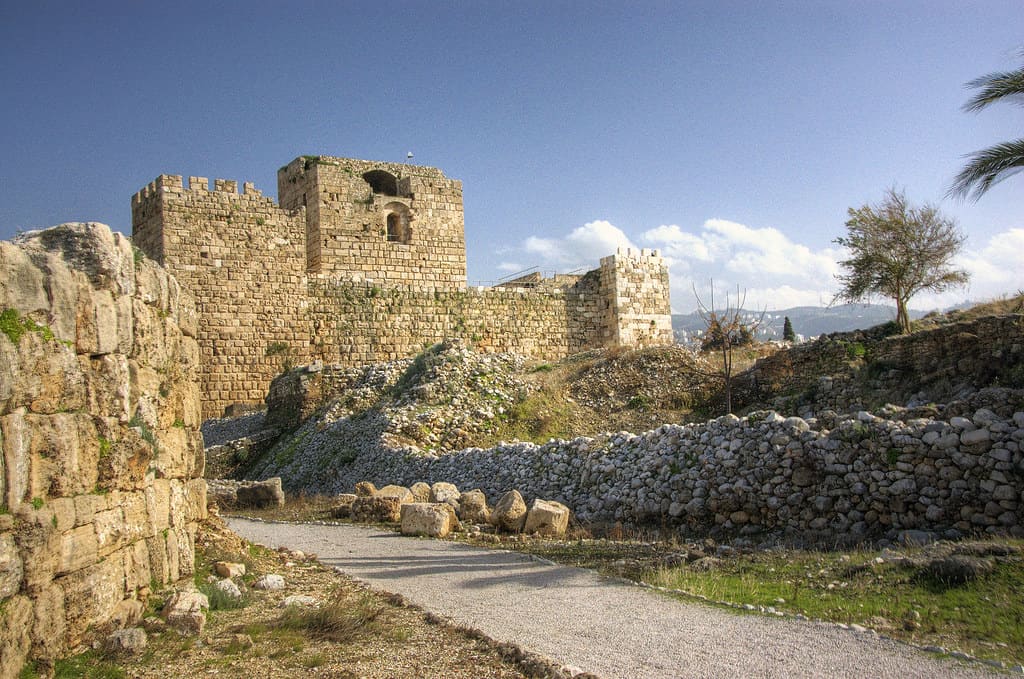
This city has been continuously inhabited for 7,000 years.
Byblos, or locally known as Jbeil, is a UNESCO World Heritage Site.
Despite its claim to be the first Phoenician city, Byblos has a much longer history, having hosted Egyptians, Assyrians, Persians, Crusaders, Mamluks, Ottomans, Greeks, and Romans, among others, throughout the previous 7,000 years!
Today, Byblos is now a progressive city that values its cultural heritage.
Byblos is re-emerging as a premier Mediterranean destination, with tourism currently being one of its key industries.
You’ll find souks, ancient fortifications, and cobblestone pathways decorated with bougainvillea that lead to a small fishing harbor.
Take a tour of the Crusader fortress and the nearby archaeological site, stroll around the Souks, dine at Feniqia or Adonis, and enjoy the sunset over the ocean that formerly ferried Phoenician traders.
Finally, there is an annual Byblos International Festival in the neighborhood, which has hosted bands like Massive Attack and B.B. King in the past.
Take a day trip to one of the oldest city’s in the world and marvel at its history.
Address: Byblos, Lebanon
B018
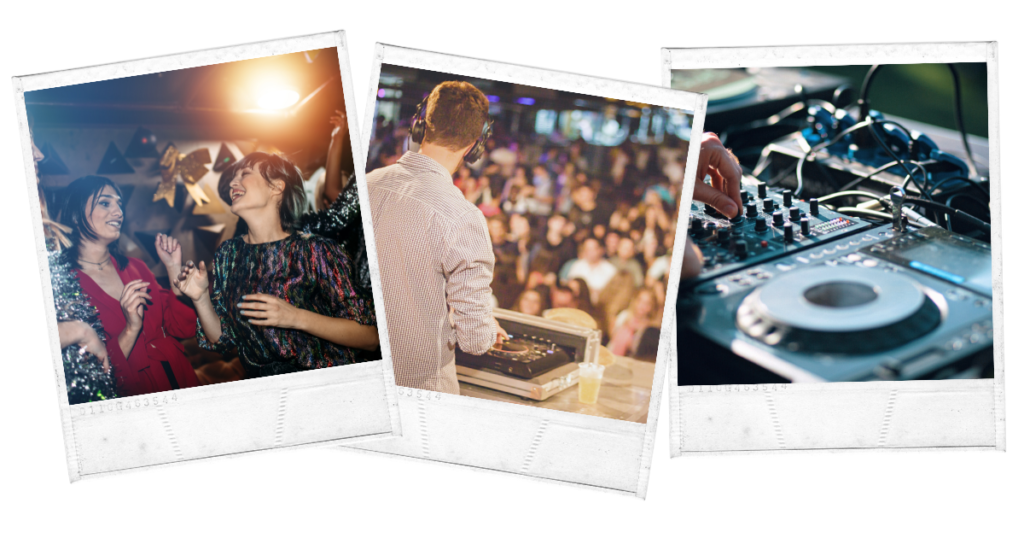
Say it with us in French, “B Zero Dix-Huit.”
In Western culture, the word “Beirut” conjures up images of either conflict or festivities. ‘Why not combine the two in one location? ‘Beirut responds, and here it is B018, the famed Karantina club.
The name comes from a quarantine that once stood here during the French protectorate; it later became a camp for thousands of Palestinian, Kurdish, and South Lebanese refugees.
It is now home to this vast underground club, which is not without controversy.
B018 is a gigantic circular metal plate roof that resembles a helicopter landing pad and is sunk into the ground like a hybrid between a military shelter and a mass grave.
This roof is famous for being retractable, allowing clubbers to dance underground while yet enjoying the open night sky.
DJ sets go on until the wee hours of the morning when the sun rises, and the roof is drawn back to display the stars and city lights. It’s a bombshell.
Party and party hard at this unique club. Visit B018 now.
Address: B018, Beirut, Lebanon
Chateau Ksara
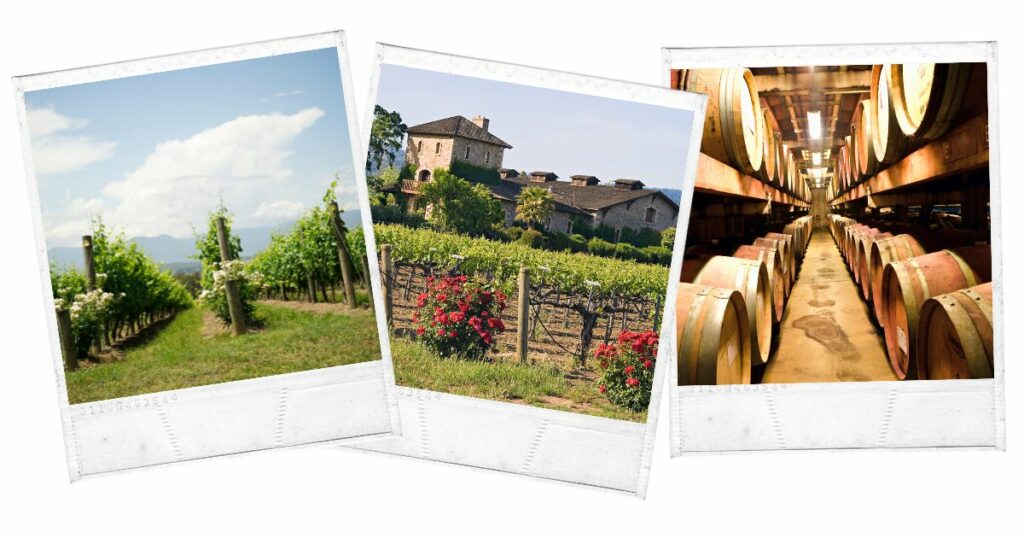
Sample amazing wine at the country’s oldest winery.
Lebanon’s oldest winery, Chateau Ksara, is located in the Bekaa Valley. Chateau Ksara obtains grapes from several vineyards distributed throughout the Bekaa’s center and western regions, in addition to the estate’s own 21 hectares (51 acres) of vines.
It makes a variety of wines using grapes such as Chardonnay, Cinsaut, and Cabernet Sauvignon.
Ksara was founded in 1857 by a group of Jesuit monks who wanted to make wine for religious purposes, laying the groundwork for Lebanon’s contemporary wine industry.
By the 1970s, the company had survived both world wars and was producing 1.5 million bottles each year.
During the Lebanese Civil War, production continued. Still, distribution became a problem, and Ksara began looking for markets outside of Lebanon.
Ksara sources fruit from vineyards that are 1000 meters (3280 feet) above sea level on average.
The soils are mostly chalky, with layers of limestone, clay, and tiny stones that assist hold heat and aid in ripening.
Who doesn’t love a glass of wine? Sample some now at Chateau Ksara.
Address: Ksara, Lebanon
Unfold your map and locate your next destination. Do some sightseeing. For the full list of countries to visit around the world, visit our top countries to visit around the world guide. When you explore the world, you have to visit the USA. Looking for a truly American adventure? Click here for the most beautiful states to visit in USA.
Corniche
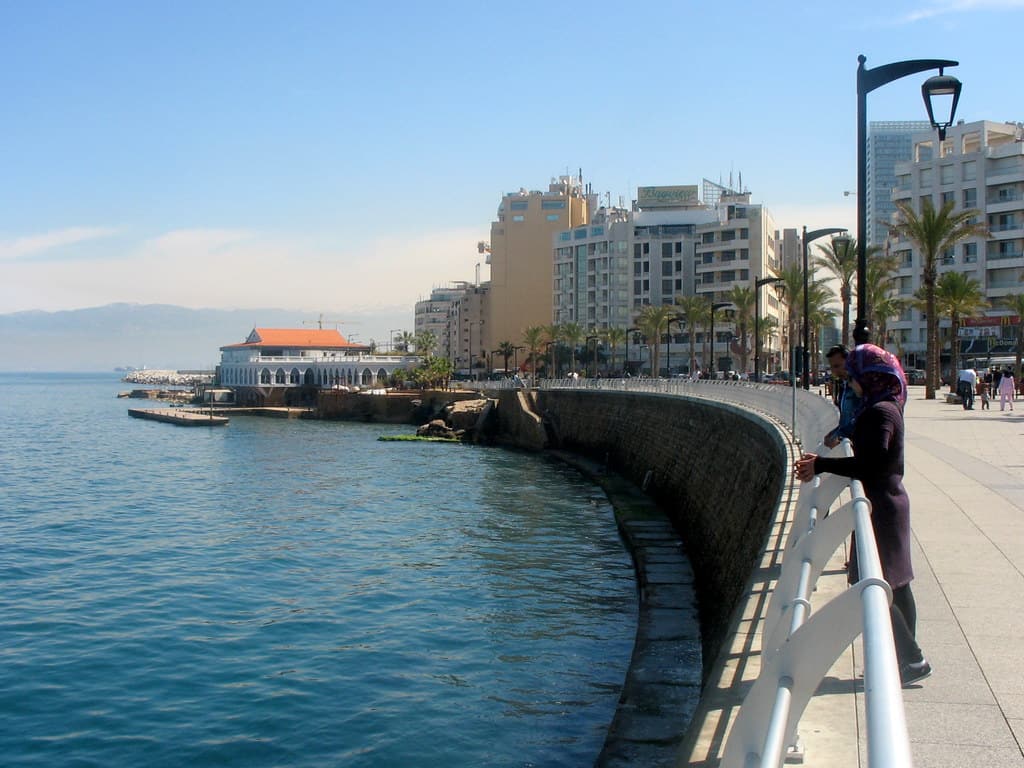
This location has breathtaking views of the Mediterranean Sea.
A sunset stroll along the Corniche provides a view of the city in all its splendor, a Beirut cliché but vital nonetheless.
From fishermen standing firm in the face of raging waves to crews of jagal (rich posers) ego-stroking in Lamborghinis and coffee vendors banging their cups like castanets, this beachfront promenade provides a window into Beirut life.
The Esplanade, which overlooks the Mediterranean Sea, has its roots in the Avenue des Français, which was created during the French Mandate for Lebanon.
The waterfront road spans 4.8 kilometers (3 miles) between Ramlet al Bayda and Saint George Bay, with more than 70 benches where visitors may relax and take in Beirut’s charm.
The famed Pigeons’ Rocks, sentinels of the Beirut coastline, can be found if you continue on the way to the Raouché neighborhood.
Alternatively, rent a bicycle from Beirut by Bike and ride around the Corniche on two wheels, letting the fresh sea breeze mat your hair.
Stroll around the Corniche now and soak in the beautiful city of Beirut.
Address: Corniche, Beirut, Lebanon
Hamra Street
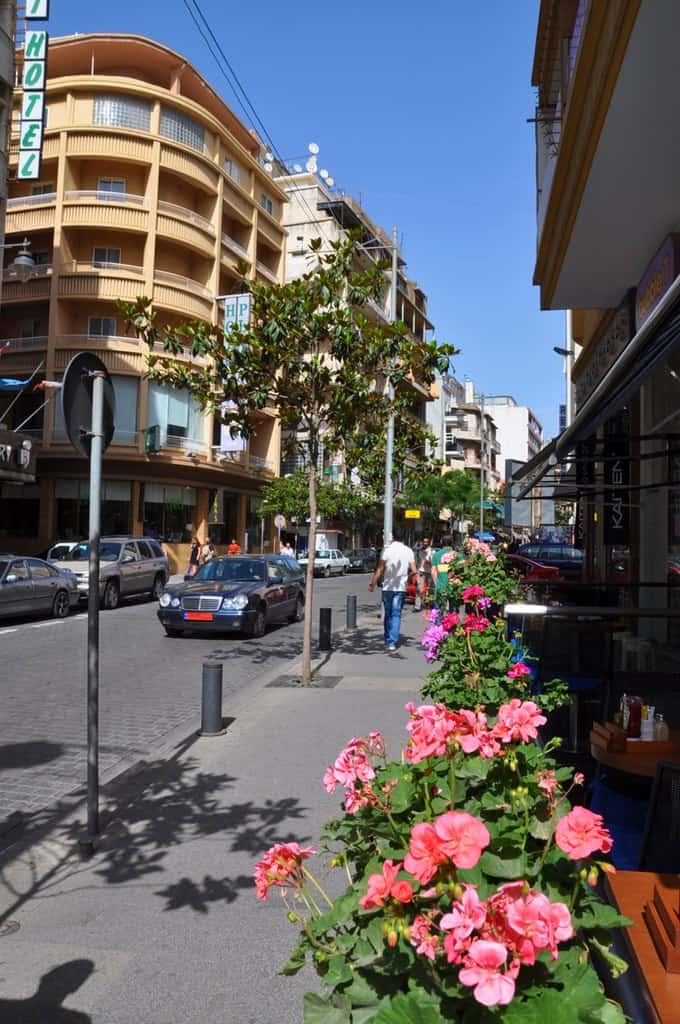
This boulevard was dubbed the city’s Champs Elysees.
Because Beirut is such a small city, taking a stroll around its most recognized streets may not be the most uncommon thing to do.
It was the epicenter of Beirut’s intellectual activities in the 1960s. It’s a popular hangout for tourists and residents alike, who come to soak up the last vestiges of the intellectual metropolis.
Hamra Street is located in the heart of Beirut, Lebanon’s capital, and runs from east to west, linking the two neighborhoods of central Beirut and Ras Beirut. It has cinemas, as well as numerous shops and shopping centers.
Al Hamra Street in Beirut is known for being the street that never sleeps because of its constant liveliness, day and night.
There are multiple bookstores in Hamra, as well as three universities (including the American University of Beirut) and a vibrant nightlife. The street also hosts a number of national annual celebrations and festivals.
Walk around this street that has lots to offer when you come to Beirut.
Address: Harma Street, Beirut, Lebanon
Jounieh
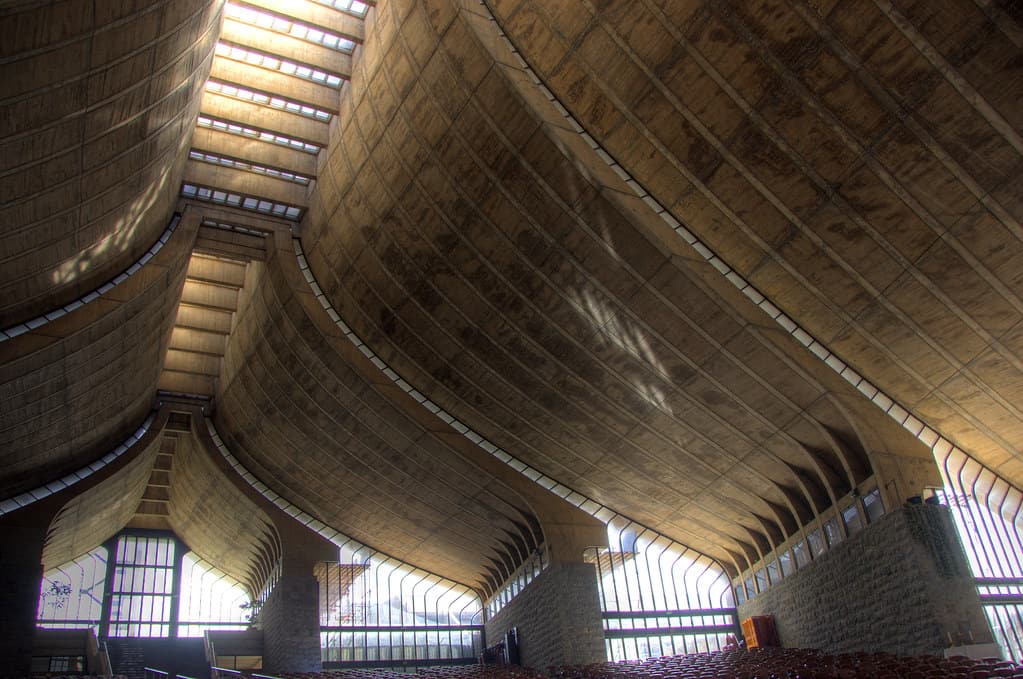
Come and visit this lovely village.
Back in the day, it was a sleepy fishing village.
This suburb that’s 21km north of Beirut is now an overbuilt, traffic-filled pleasure paradise with views of the sea on one side and the mountains on the other.
It’s famed for being the home of the vibrant Casino du Liban, noisy bars, people-filled restaurants, and colorful ‘super’ nightclubs filled with uninterested exotic dancers.
Moreover, it is certainly won’t be to everyone’s liking, and its gravelly beaches are alright. But still, it does have one worthwhile attraction its dizzying Téléférique.
Likewise, there is no good alternative to see Harissa’s Our Lady of Lebanon monument than on the Téléphérique cable car, which takes you from Bay of Jounieh to the Our Lady of Lebanon monument in a few minutes.
Just wait till you get to the shrine, where the vista of Jounieh Bay simply gets better and better — it’s truly breathtaking.
At an elevation of 650 meters above sea level, the Virgin Mary greets tourists with open arms.
Get an even better perspective of the surroundings, you could climb the spiral staircase into that little chapel at the statue’s foot.
Lastly, paragliding over the Bay of Jounieh is an option for thrill seekers.
See stunning views of Jounieh when you climb up the Téléférique.
Address: Jounieh, Lebanon
Mar Mikhael
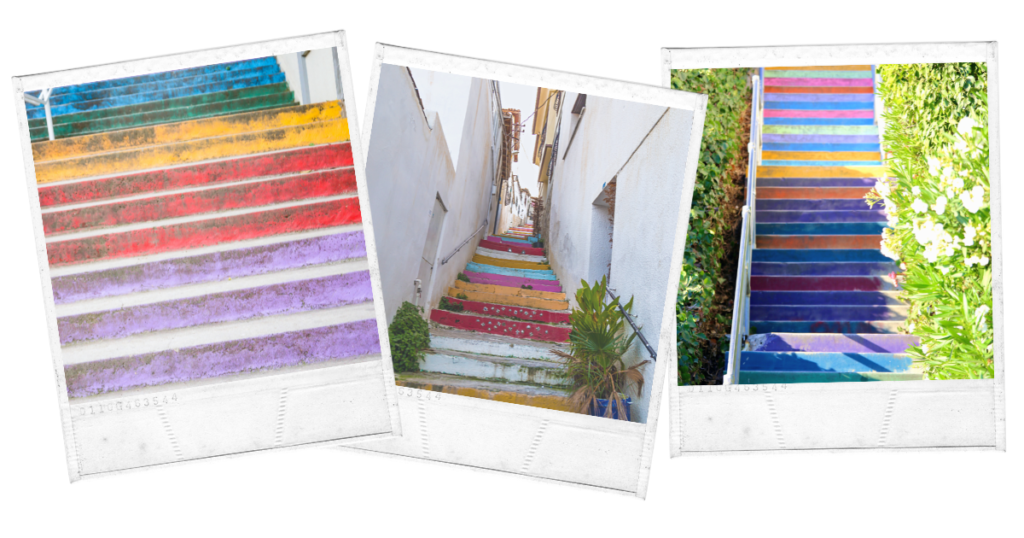
This place surely will leave you always wanting more.
Consider this scenario: you’re heading along Mar Mikhael around 11 a.m. to begin your investigation.
The iconic colorful sets of stairs are the first thing you’ll notice when you arrive.
Despite its small size, Mar Mikhael is jam-packed with steps that Vogue named among the greatest in the world!
There are eight main stairways connecting Mar Mikhael to “Jeitawi,” with smaller ones strewn across the district, contributing to the district’s livelihood.
You get hungry after seeing the stairs—and possibly shooting a few Instagram-worthy photos—so you go to “Home Sweet Home” for a bite to eat.
Home Sweet Home is a neighborhood eatery that serves Italian, Mexican, and Lebanese cuisine.
You’d take a stroll about the area after eating, taking in everything it has to offer.
Moreover, browse some of the local shops that specialize in art, sports, books, food, and music.
One of the things that makes it so intriguing is its diversity, which is reflected in its architecture, which combines classic elements from the 1920s with 21st-century modernism.
After relaxing and recharging your batteries, you’ll embark on your adventure to the district’s famous nightlife.
Mar Mikhael’s dualism can almost give you whiplash as it transitions from a tranquil, artistic, wholesome neighborhood during the day to one of Lebanon’s greatest nightlife destinations at night.
The neighborhood is densely packed with bars and clubs to fit any mood.
Come and visit now because Mar Mikhael has it all, whether you’re looking for a relaxing pub, a lively nightclub, or a family-friendly establishment.
Address: Mar Mickhael, Beirut, Lebanon
Mohammad Al Amin Mosque
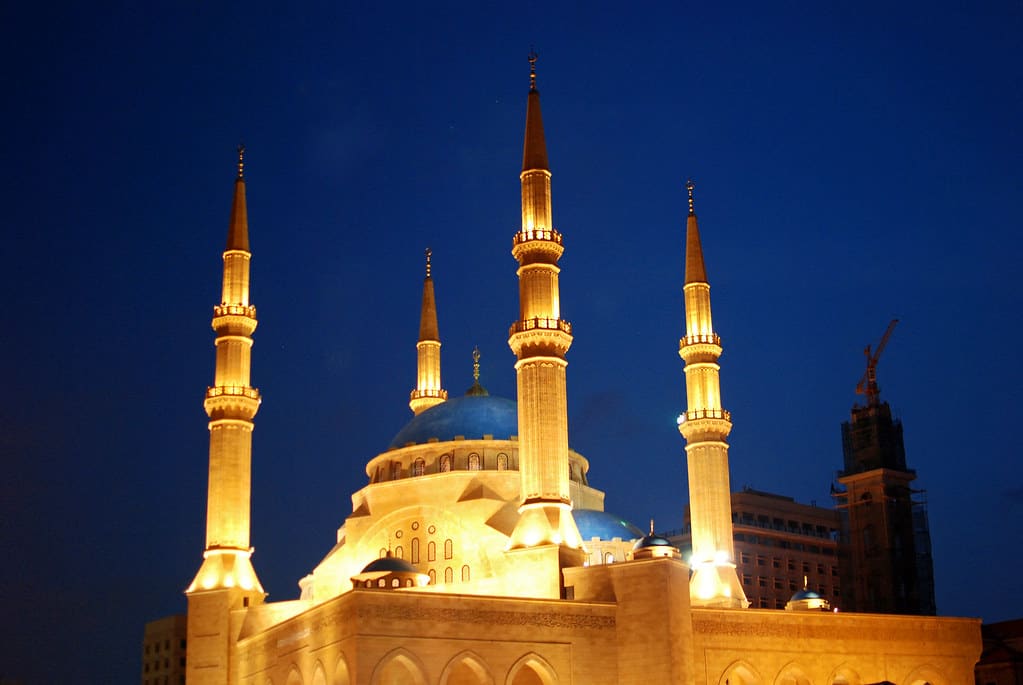
A Muslim architectural gem.
The Mohammad al-Amin Mosque, often known as the Blue Mosque, is located in downtown Beirut.
It is a Sunni mosque and one of the most beautiful pieces of Muslim architecture in the world.
The mosque, which was completed in 2008, is one of the greatest free things to do in Beirut.
It was created with the late Prime Minister Rafik Hariri’s contribution and is a symbol of his labor.
This late Prime Minister’s accomplishments include the mosque.
He turned his business focus to restoring Downtown Beirut to its current state, providing educational scholarships to students, and encouraging international investment in Lebanon.
Visitors are welcome to enter the mosque. They will see that the mosque has the most ornately decorated interiors, known locally as Zakhfarat.
There is exquisite Islamic calligraphy, and stained glass windows are especially worth seeing.
Come to Beirut and see this stunning blue-domed mosque now.
Address: Mosquée Mohammad Al Amine, Beirut, Lebanon
National Museum
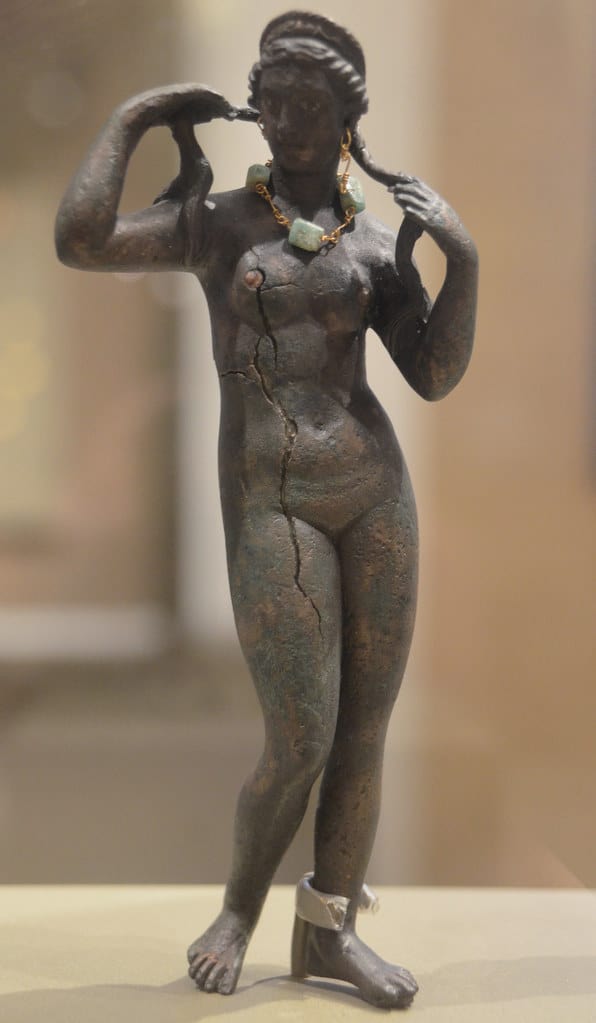
Learn more about the country’s history at the interesting National Museum.
The National Museum, like much of Lebanon, has a complicated past. It is one of the best of its sort in the Middle East.
The museum also was the witness and victim of much fighting, and for locals, its name was synonymous with violence.
It is located on the Green Line, which delineated the sides of the Civil War.
Low-level mood lighting and the glimmer of gold coins now illuminate the well-curated rooms, which were originally lit by flickering spurts of gunfire.
The headline attractions at the museum that dates back to the city’s classical beginnings are sarcophagi sculpted in marble from the period of Tyre, which were uncovered here a long time ago.
There are also bronze statues excavated from Byblos on display, as well as an audio-visual presentation, only a quick one, about the museum and its artifacts that were spared when the building became a border during the terrible civil war.
If you visit Byblos or Tyre, save the museum for last: there’s nothing like having a mental canvas on which to arrange the museum’s various displays. It’s one of the coolest things to do this weekend in Beirut!
The National Museum is a definite must-visit to learn more about the country and its past.
Address: VGH8+928, Beirut, Lebanon
Our Lady of Lebanon
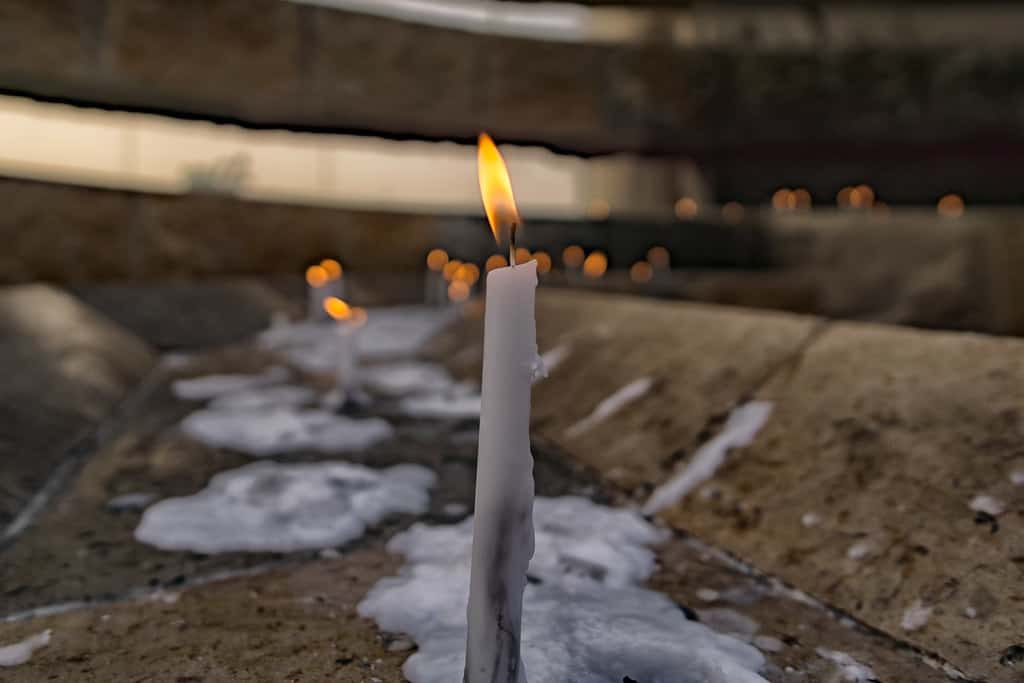
Visit this pilgrimage site with panoramic views of the city.
Harissa is a Lebanon mountain village. Our Lady of Lebanon, a significant Lebanese pilgrimage site, is located 650 meters above sea level in the town.
Since its creation in 1904, the Maronite Patriarchate has entrusted the governance of Our Lady of Lebanon Sanctuary to the Congregation of Lebanese Maronite Missionaries.
According to the Congregation of Maronite Lebanese Missionaries’ constitution, the shrine caretakers are an apostolic missionary congregation.
Because this Sanctuary is revered by both Christians and Muslims as the ultimate place to commemorate the Virgin Mary, its guardians hold regular workshops to promote internal Lebanese reconciliation.
Also, it fosters communication among all communities, strengthening concepts of acceptance of others, appreciation of diversity, and community life.
Our Lady of Lebanon Sanctuary, which is located in Daroun-Harissa, also aims to ensure the socio-economic development of the surrounding communities and villages.
Climb up the Our Lady of Lebanon shrine now.
Address: XMJ2+MG8, Harissa, Lebanon
Pigeon Rocks
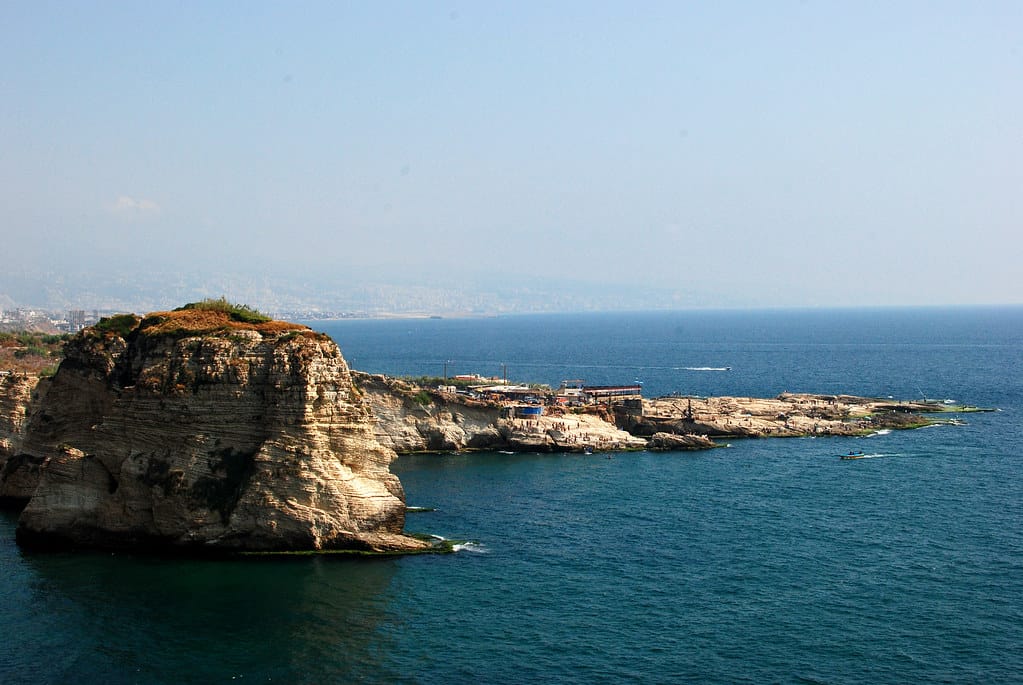
See these beautiful rocks that look like a gateway from the sea into Beirut.
Raouché is a Beirut residential and commercial district. There are various expensive residential and commercial buildings available.
While wandering across Raouché’s promenade, one can observe the Pigeon Rocks towards the west and the East Coast’s concrete jungle.
Beirut’s most famous sight is the Pigeon Rocks, which are located along the shore.
Two massive rocks rise through the Mediterranean Sea to form the Pigeon Rocks.
Moreover, the Beirut shoreline is also guarded by two large rocks, which also resemble an arched gateway.
The Pigeon Rocks, the country’s only natural offshore rocks, have become a popular site for people to capture stunning photos of the Mediterranean Sea.
Simply include the Pigeon Rocks in a shot of a stereoscopic vista of the Mediterranean Sea skyline.
In fact, evidence of ancient human existence in Lebanon has been discovered in the area surrounding the rocks.
There is no time like the present. Experience Raouche’s Corniche and unwind here!
Address: Pigeon Rocks, Beirut, Lebanon
Roman Baths
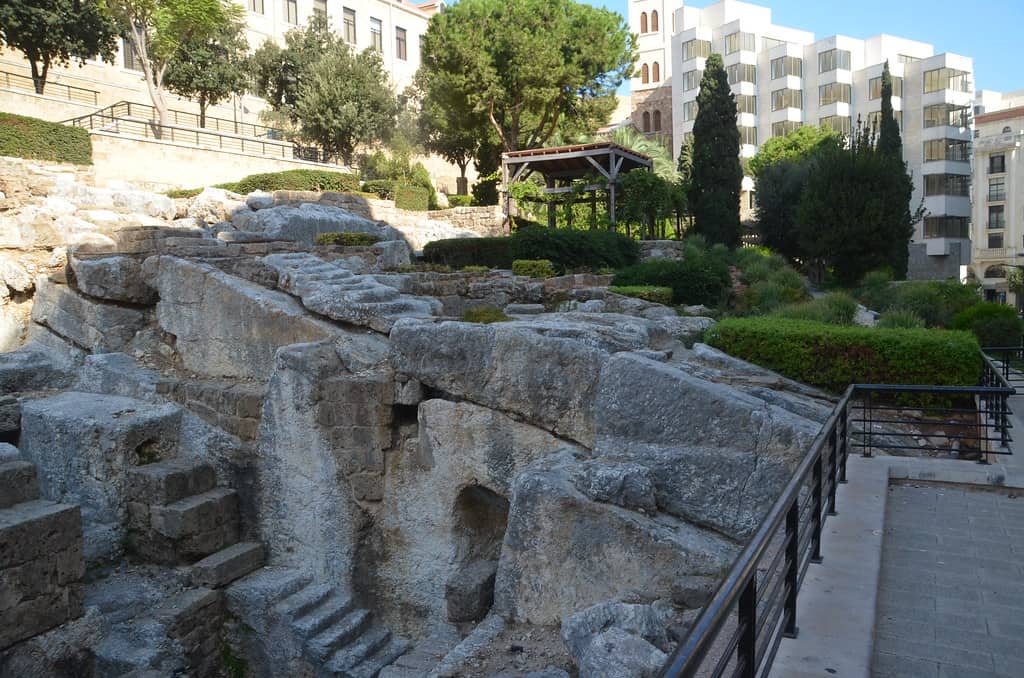
Visit these beautiful ruins which ancient Romans have bathed in before.
The greatest outdoor landmark in downtown Beirut, the baths here underwent a massive makeover in the 1990s, harkening back to the days when the city was a center of Roman law.
The hypocaust, a clever ancient heating system, is brilliantly visible here: piled terracotta discs transported hot air to the marble floors above, where bathers of all social groups could let their stress melt away.
While there, you will see the remains of a marble pool and a sudatorium that serves as a sauna.
The bathers had access to cooled water in a big stone basin (labrum).
The main room, also known as the hot room or caldarium, is located in the center of the site.
Also, the marble slab was supported by clay piers, and a heating system beneath the floor allowed air warmed by wood fires.
The tepidarium, or warm room, is an adjoining room that is organized similarly. A medicinal plant garden is also located on the premises.
See the ruins of the magnificent Roman Baths now.
Address: VGW2+JWF, Beirut, Lebanon
Tourist Landmark of The Resistance
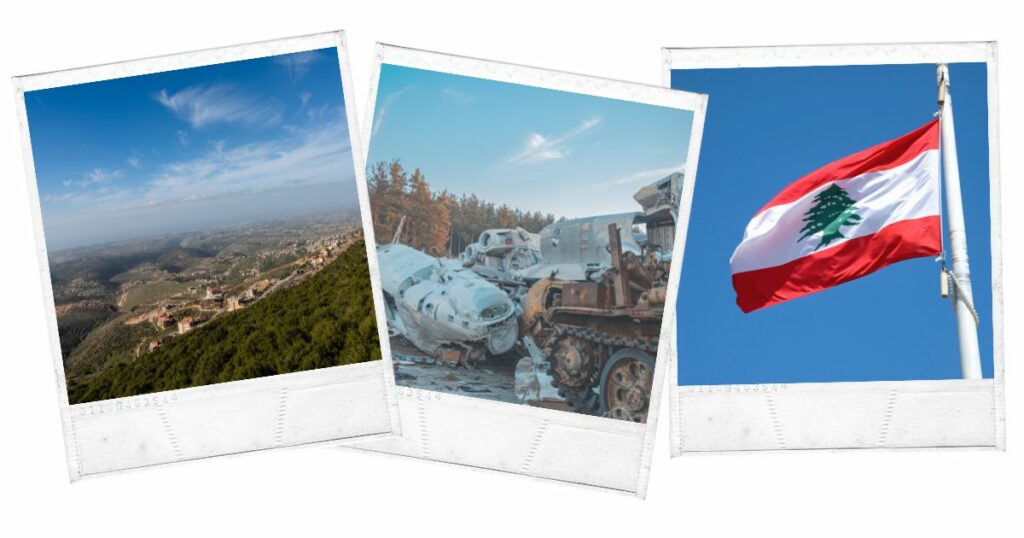
See how this city rose from its ashes at the Tourist Landmark of The Resistance.
Because it is the first of its kind, this location leaves a lasting imprint on Lebanon’s history.
The Unique Tourist Landmark of the Resistance is an in situ, open-air museum of battle nestled in the lonely, picturesque, and strategically vital hills of Mleeta.
Its goal is to conserve the sites where the Mujahideen lived, offering visitors the opportunity to learn about the style of the Islamic fight against Israel since the Israeli occupation of Beirut in 1982.
The museum, which is operated by the political party-militia and recognizes its numerous fights and has been termed “Hezbollah’s Disneyland,” is laid out with military precision.
The show’s centerpiece, which is best described as a buffet of war spoils, is a Merkava tank’s twisted and powerless carcass.
The museum is a must-see for anyone interested in learning more about the region’s geopolitics.
Learn more about how resilient Lebanon truly is now at this museum.
Address: FG4G+H72, Mazraat Qalaat Meis, Lebanon

